Research progress on the relationship between common hematological indicators and endometrial carcinoma
DOI: 10.23977/medsc.2023.040119 | Downloads: 14 | Views: 1193
Author(s)
Yicheng Hu 1, Zhuoying Hu 1
Affiliation(s)
1 Department of Gynecology, The First Affiliated Hospital of Chongqing Medical University, Chongqing, 400016, China
Corresponding Author
Zhuoying HuABSTRACT
Endometrial carcinoma (EC) is one of the most common malignant tumors in female reproductive tract, which mainly occurs in perimenopausal and postmenopausal women and has a good prognosis. Due to the increase of life expectancy and the change of living habits, the incidence of cervical cancer has been rising continuously in recent years, and patients are getting younger and younger. In some developed cities in China, the incidence of EC has reached the first place in gynecological malignant tumors. From the point of view of secondary prevention, making early screening strategy is the fundamental way to reduce the incidence of EC. Studies show that the hematological indexes of normal endometrial patients and EC patients are different, which is of great significance for early diagnosis, treatment and improvement of prognosis of EC patients. In order to provide reference for the early diagnosis and treatment of EC, this paper reviews the research status of hematological indexes in the diagnosis and treatment of EC.
KEYWORDS
Endometrial carcinoma, Endometrial hyperplasia, Hematological indicators, Diagnosis and prognosisCITE THIS PAPER
Yicheng Hu, Zhuoying Hu, Research progress on the relationship between common hematological indicators and endometrial carcinoma. MEDS Clinical Medicine (2023) Vol. 4: 126-132. DOI: http://dx.doi.org/10.23977/medsc.2023.040119.
REFERENCES
[1] V. Pergialiotis, M. Oikonomou, V. Damaskou, D. Kalantzis, C. Chrelias, A.E. Tsantes, I. Panayiotides, Platelet to lymphocyte and neutrophil to lymphocyte ratio as predictive indices of endometrial carcinoma: Findings from a retrospective series of patients and meta-analysis, J Gynecol Obstet Hum Reprod 47(10) (2018) 511-516.
[2] B.H. Bacanakgil, I. Kaban, F. Unal, R. Guven, E. Sahin, S.G. Yildirim, Predictive Value of Hematological Inflammatory Markers in Endometrial Neoplasia, Asian Pacific journal of cancer prevention : APJCP 19(6) (2018) 1529-1532.
[3] J.L. Ethier, D.N. Desautels, A.J. Templeton, A. Oza, E. Amir, S. Lheureux, Is the neutrophil-to-lymphocyte ratio prognostic of survival outcomes in gynecologic cancers? A systematic review and meta-analysis, Gynecol Oncol 145(3) (2017) 584-594.
[4] S. Selen, F. Kilic, G. Kimyon Comert, M. Unsal, C. Kilic, A. Karalok, O. Turkmen, T. Turan, Can preoperative inflammatory markers differentiate endometrial cancer from complex atypical hyperplasia/endometrial intraepithelial neoplasia?, J Obstet Gynaecol Res 46(7) (2020) 1148-1156.
[5] T. Muangto, K. Maireang, Y. Poomtavorn, Y. Thaweekul, A. Punyashthira, N. Chantawong, P. Wisarnsirirak, J. Pattaraarchachai, K. Suwannarurk, Study on Preoperative Neutrophil/Lymphocyte (NLR) and Platelet/Lymphocyte Ratio (PLR) as a Predictive Factor in Endometrial Cancer, Asian Pacific journal of cancer prevention : APJCP 23(10) (2022) 3317-3322.
[6] B. Burgess, B. Levine, R.N. Taylor, M.G. Kelly, Preoperative Circulating Lymphocyte and Monocyte Counts Correlate with Patient Outcomes in Type I and Type II Endometrial Cancer, Reprod Sci 27(1) (2020) 194-203.
[7] H. Song, M.J. Jeong, J. Cha, J.S. Lee, J.G. Yoo, M.J. Song, J.H. Kim, S.J. Lee, H.N. Lee, J.H. Yoon, D.C. Park, S.I. Kim, Preoperative neutrophil-to-lymphocyte, platelet-to-lymphocyte and monocyte-to-lymphocyte ratio as a prognostic factor in non-endometrioid endometrial cancer, Int J Med Sci 18(16) (2021) 3712-3717.
[8] T. Oge, O.T. Yalcin, S.S. Ozalp, T. Isikci, Platelet volume as a parameter for platelet activation in patients with endometrial cancer, J Obstet Gynaecol 33(3) (2013) 301-4.
[9] J. Song, X. Lai, Y. Zhang, X. Zheng, J. Su, Preoperative platelet morphology parameters as prognostic predictors for endometrial malignant carcinoma stage and progesterone receptor, Medicine (Baltimore) 98(47) (2019) e17818.
[10] H. Chen, Q. Wu, Y. Zhang, Q. Li, J. Ma, F. Kong, X. Ma, Nomograms based on the novel platelet index score predict postoperative prognosis in endometrial cancer, Gynecol Oncol 158(3) (2020) 689-697.
[11] N. Abdalla, M. Pazura, A. Słomka, R. Piórkowski, W. Sawicki, K. Cendrowski, The role of HE4 and CA125 in differentiation between malignant and non-malignant endometrial pathologies, Ginekol Pol 87(12) (2016) 781-786.
[12] R. Dewan, A. Dewan, S. Hare, M. Bhardwaj, K. Mehrotra, Diagnostic Performance of Serum Human Epididymis Protein 4 in Endometrial Carcinoma: A Pilot Study, Journal of clinical and diagnostic research : JCDR 11(7) (2017) Xc01-xc05.
[13] P.B. Panici, G. Scambia, G. Baiocchi, L. Perrone, S. Greggi, F. Battaglia, S. Mancuso, Multiple serum markers in patients with endometrial cancer, Gynecol Obstet Invest 27(4) (1989) 208-12.
[14] S.M. He, F. Xing, H. Sui, Y. Wu, Y. Wang, D. Wang, G. Chen, Z. Kong, S.F. Zhou, Determination of CA-125 levels in the serum, cervical and vaginal secretions, and endometrium in Chinese women with precancerous disease or endometrial cancer, Medical science monitor : international medical journal of experimental and clinical research 17(11) (2011) Cr618-625.
[15] J.N. Liu, X.S. Kong, T. Huang, R. Wang, W. Li, Q.F. Chen, Clinical Implications of Aberrant PD-1 and CTLA4 Expression for Cancer Immunity and Prognosis: A Pan-Cancer Study, Frontiers in immunology 11 (2020) 2048.
[16] J. Bian, X. Sun, B. Li, L. Ming, Clinical Significance of Serum HE4, CA125, CA724, and CA19-9 in Patients With Endometrial Cancer, Technology in cancer research & treatment 16(4) (2017) 435-439.
[17] A.N. Petric, R. Živadinović, D. Mitić, M. Stanojević, A. Živadinović, I. Kostić, Hematological and biochemical markers in determining the diagnosis and stage prediction of endometrial cancer, Ginekol Pol (2022).
[18] K. Njoku, N.C. Ramchander, Y.L. Wan, C.E. Barr, E.J. Crosbie, Pre-treatment inflammatory parameters predict survival from endometrial cancer: A prospective database analysis, Gynecol Oncol 164(1) (2022) 146-153.
[19] L. Ge, G. Liu, K. Hu, K. Huang, M. Zhang, J. Zhou, F. Teng, J. Cao, C. Dai, X. Jia, A New Risk Index Combining d-Dimer, Fibrinogen, HE4, and CA199 Differentiates Suspecting Endometrial Cancer From Patients With Abnormal Vaginal Bleeding or Discharge, Technology in cancer research & treatment 19 (2020) 1533033819901117.
[20] K. Nakamura, K. Nakayama, M. Ishikawa, H. Katagiri, T. Minamoto, T. Ishibashi, N. Ishikawa, E. Sato, K. Sanuki, H. Yamashita, T. Komatsu-Fujii, S. Kyo, High pretreatment plasma D-dimer levels are related to shorter overall survival in endometrial carcinoma, Eur J Obstet Gynecol Reprod Biol 201 (2016) 89-93.
| Downloads: | 9944 |
|---|---|
| Visits: | 662837 |
Sponsors, Associates, and Links
-
Journal of Neurobiology and Genetics
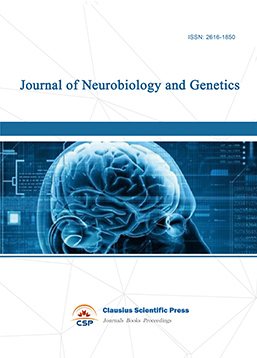
-
Medical Imaging and Nuclear Medicine
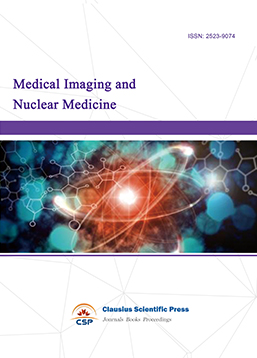
-
Bacterial Genetics and Ecology
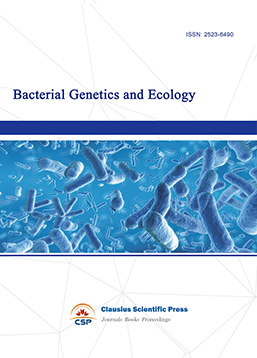
-
Transactions on Cancer
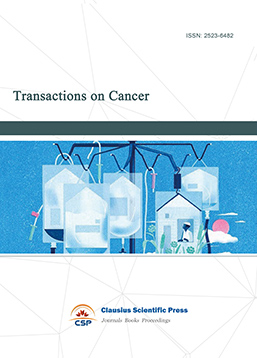
-
Journal of Biophysics and Ecology
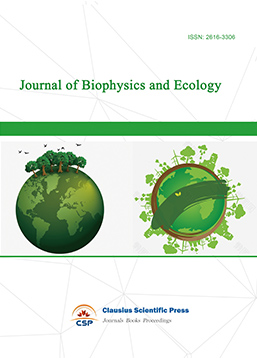
-
Journal of Animal Science and Veterinary
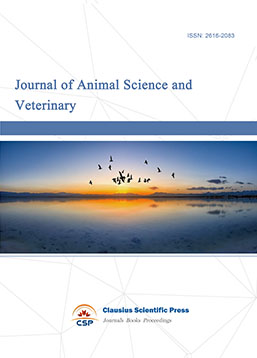
-
Academic Journal of Biochemistry and Molecular Biology
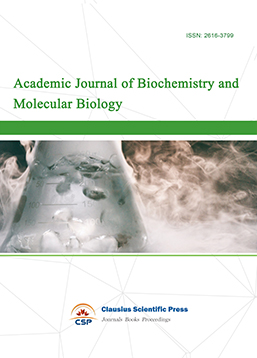
-
Transactions on Cell and Developmental Biology
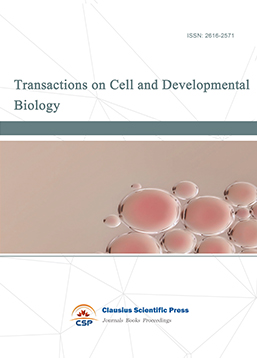
-
Rehabilitation Engineering & Assistive Technology
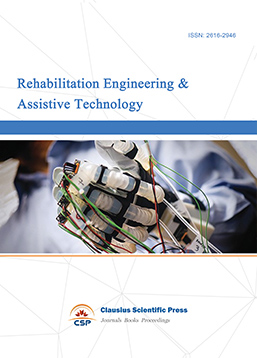
-
Orthopaedics and Sports Medicine
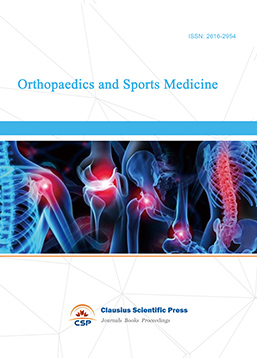
-
Hematology and Stem Cell
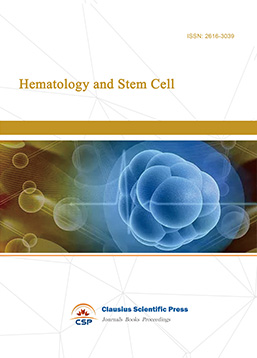
-
Journal of Intelligent Informatics and Biomedical Engineering
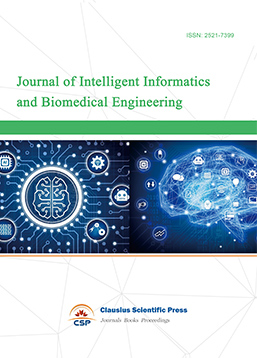
-
MEDS Basic Medicine
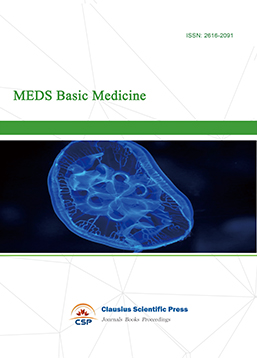
-
MEDS Stomatology
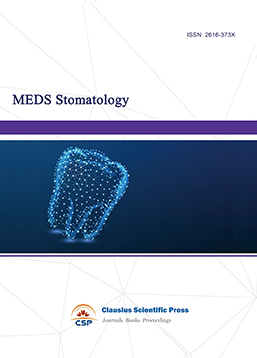
-
MEDS Public Health and Preventive Medicine
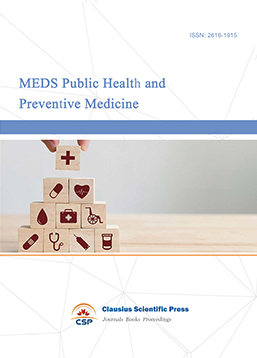
-
MEDS Chinese Medicine
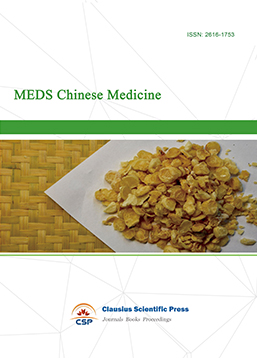
-
Journal of Enzyme Engineering
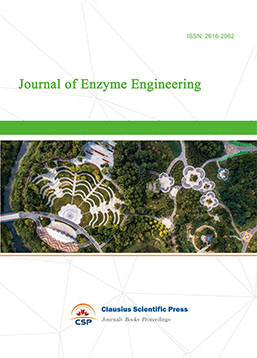
-
Advances in Industrial Pharmacy and Pharmaceutical Sciences
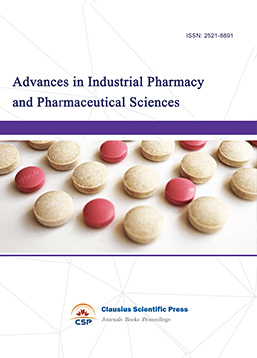
-
Bacteriology and Microbiology
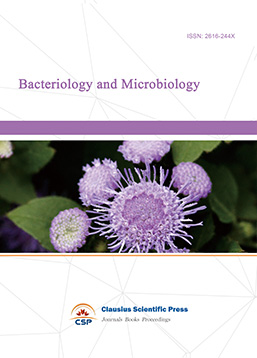
-
Advances in Physiology and Pathophysiology
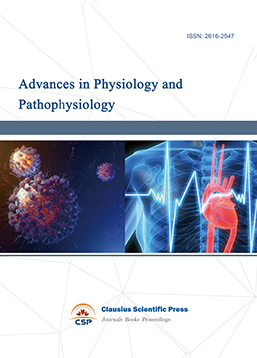
-
Journal of Vision and Ophthalmology
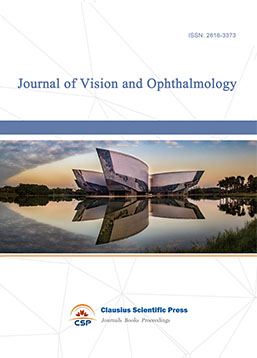
-
Frontiers of Obstetrics and Gynecology
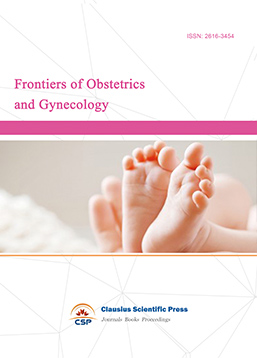
-
Digestive Disease and Diabetes
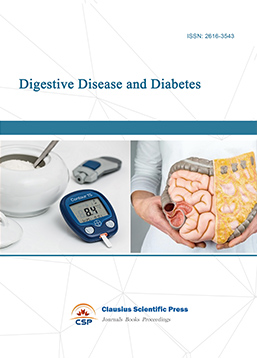
-
Advances in Immunology and Vaccines

-
Nanomedicine and Drug Delivery
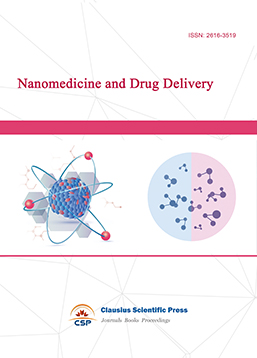
-
Cardiology and Vascular System
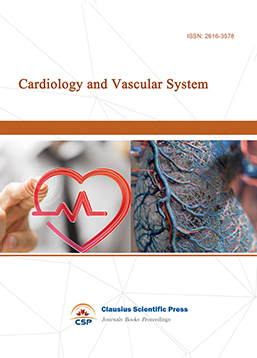
-
Pediatrics and Child Health
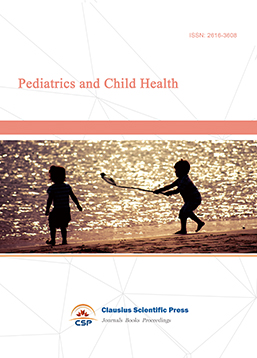
-
Journal of Reproductive Medicine and Contraception
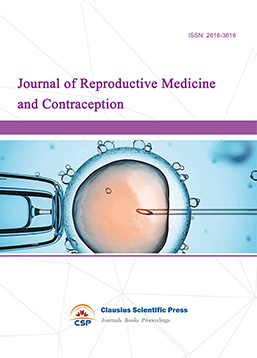
-
Journal of Respiratory and Lung Disease
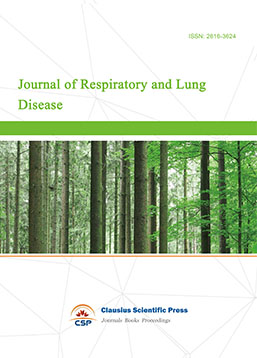
-
Journal of Bioinformatics and Biomedicine
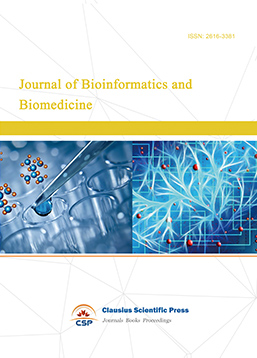

 Download as PDF
Download as PDF